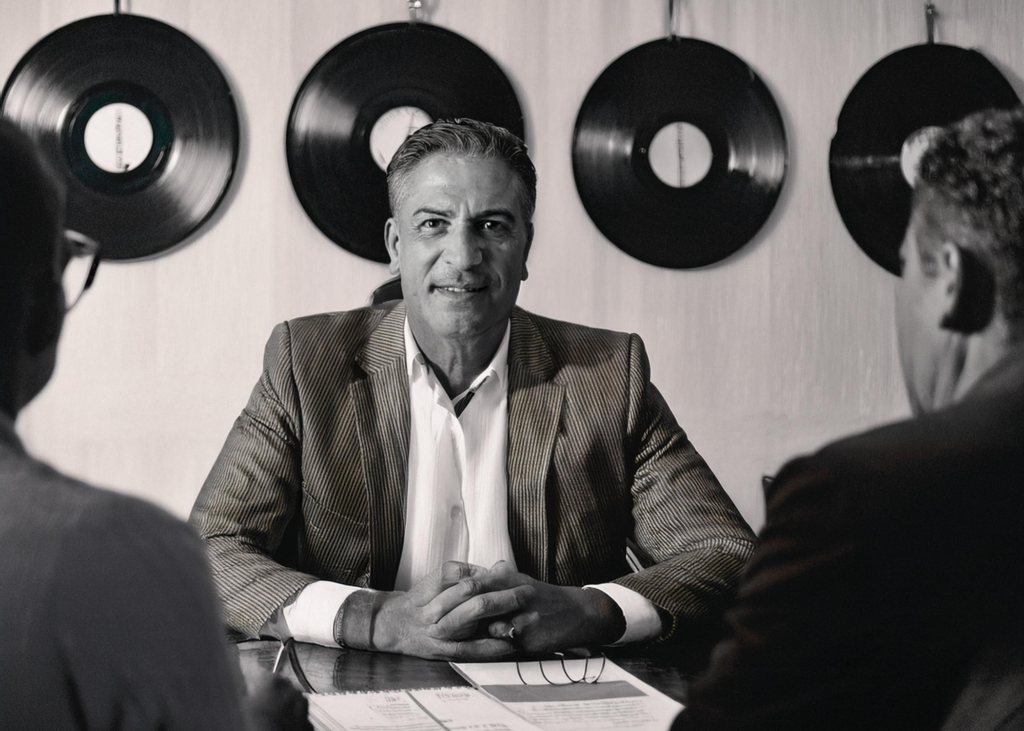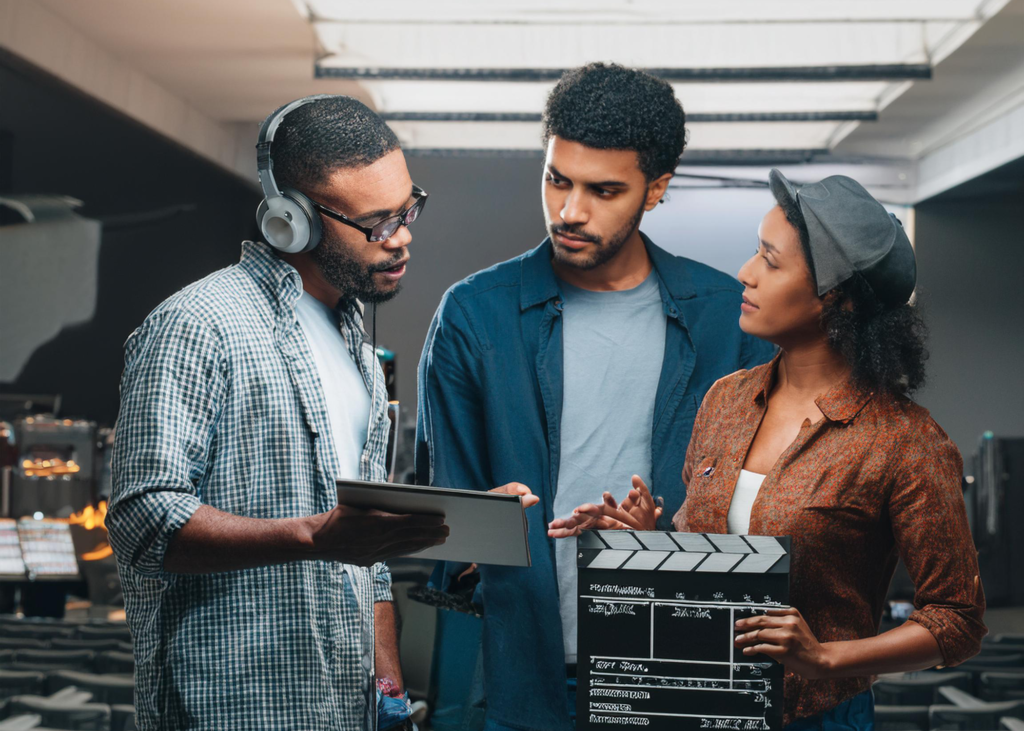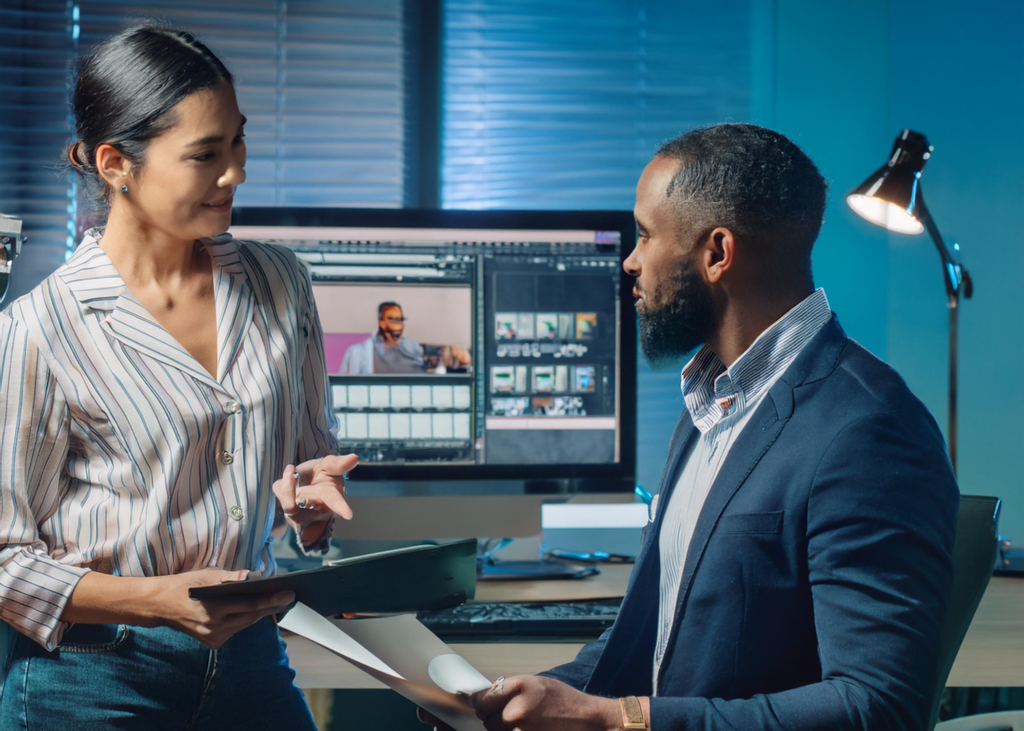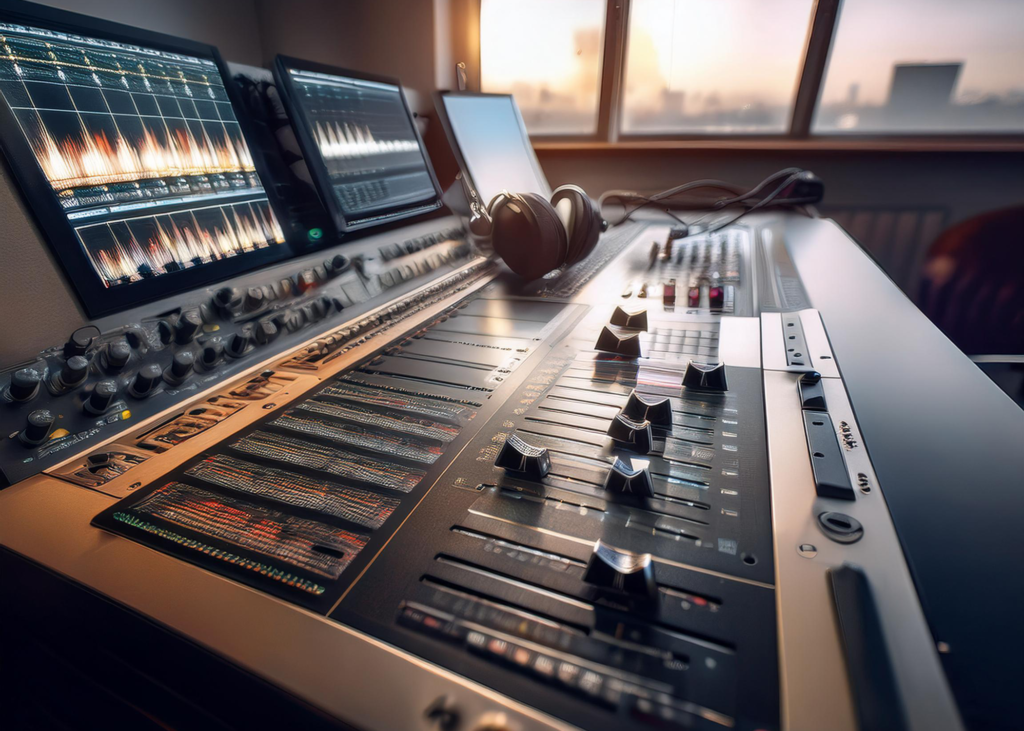Are you struggling to license music for your next film, commercial, or online video? Navigating the complexities of music rights can feel overwhelming, especially when tight deadlines and budgets are on the line. In this comprehensive guide, we’ll demystify the world of music licensing for film, explore the key types of rights involved, and show you how to secure the perfect soundtrack—legally and efficiently.
1. The Importance of Understanding Music Rights In Visual Media
When it comes to visual media, music is more than a background filler—it’s an emotional engine that drives your narrative. Whether you’re a film producer, director, video editor, or music supervisor, grasping the fundamentals of music rights is crucial for delivering an engaging and legally compliant audiovisual product.
1.1 Why Music Rights Matter
• Enhances storytelling : Well-chosen music elevates the emotional tone of your project and can even become a character in its own right.
• Legal compliance : Unauthorized use of music can lead to legal complications, fines, and takedown notices on online platforms.
• Industry credibility Proper licensing demonstrates professionalism and protects your production from negative repercussions.
1.2 The Risk of Unauthorized Usage
The stakes are high if you neglect proper licensing:
• Monetary penalties : You risk hefty fines or lawsuits from rights holders.
• Distribution roadblocks : Platforms like YouTube, Vimeo, or film festivals can block or remove your project
• Damage to reputation : A cease-and-desist letter or lawsuit can undermine your credibility in the industry.
Music Licensing: the key to understanding music rights in visual media
Before diving deeper, let’s define the fundamental licenses and rights you’ll encounter in the music-for-film landscape.
2.1 Synchronization Rights
Often abbreviated as “sync rights,” these are permissions to synchronize a musical work with moving images. Any time you pair a piece of music with video—like in a film scene, TV commercial, or online clip—you need a sync license. This license usually comes from the music publisher or the songwriter(s).
2.2 Master Use Rights
While synchronization rights cover the composition, master use rights refer to the actual sound recording. If you want a specific recording of a track, you need permission from whoever owns that master (often a record label or the artist).
2.3 Performance Rights
Performance rights come into play when music is performed publicly, which includes radio broadcasts, live events, and sometimes streaming platforms. Performance rights organizations (PROs) likeSACEM in France, ASCAP or BMI in the United States collect royalties on behalf of composers and publishers whenever a track is played publicly.
2.4 Mechanical Rights
Les Mechanical rights relate to the reproduction of a composition in physical or digital formats—such as CDs, vinyl records, or digital downloads. While often less relevant to on-screen usage, it’s important to be aware of mechanical rights if you plan to distribute your project in formats where the music might be duplicated or sold separately

3. The Role of Music Supervision
He's often the unsung hero who ensures that every track in a film or video aligns with the creative vision and legal requirements. The music supervisor works closely with the production team especially the director and producers of any given film.
3.1 Duties of a Music Supervisor
• Song selection & placement t: Scouting tracks that match a scene’s mood or thematic direction.
• Budget management : Negotiating licensing fees to keep costs in check.
• Executive Production : He's often the one in charge of creating the score, selects and manage the artists who will participate in its creation.
• Rights clearance : Handling the paperwork and acquiring necessary permissions from publishers, record labels, and legal teams.
3.2 Collaboration with Directors and Producers
Music supervisors typically work closely with directors, producers, and editors to understand the narrative arc. From rough cuts to final edits, they ensure that every selected track is not only artistically relevant but also fully licensed and ready for distribution.
4. How to Secure the Right Music for Your Project
It’s easy to feel overwhelmed by the legal jargon and negotiation processes. Below is a straightforward workflow to keep your project running smoothly.
4.1 Step-by-Step Licensing Process
1. Identify your needs : Determine the project’s scope, duration, and distribution channels (theatrical release, TV, streaming, social media, etc.).
2. Select your tracks tracks: If you have a music supervisor, they’ll shortlist potential songs. Otherwise, consider platforms offering pre-cleared music for films.
3. Contact rights holders Reach out to the music publisher (for sync rights) and the record label or artist (for master rights).
4. Negotiate fees : Costs vary widely based on track popularity, usage duration, and distribution scale.
5. Review the contract : Vérifiez que la licence couvre tous les territoires et canaux de diffusion souhaités, ainsi que la durée d’utilisation.
6. Fulfill payment & finalize terms Once all parties sign, you’re cleared to use the track.
4.2 Negotiating Fees and Contracts
Licensing fees can range from a few hundred dollars for an indie track to millions for a major hit. Factors that influence cost include:
• Track popularity and chart performance
• Duration of use in the project
• Geographic distribution scope (nationwide, global...)
• Exclusivity clauses
Always read the fine print, especially regarding territory (domestic or global) and term (one year, perpetuity, etc.).In case you're careless when it comes to the application of these clauses, you're exposing yourself to big fines.
4.3 Example: Tarantino’s Approach to Soundtrack Licensing
Director Quentin Tarantino is famed for his iconic soundtracksthat blend retro hits and obscure gems. He often collaborates directly with music supervisors, record labels, and artists to secure rights that perfectly match his films’ gritty, nostalgic vibe. Whether it's Surf Rider in Pulp Fiction or pop anthems in Kill Bill, Tarantino’s approach underscores how meticulous planning and negotiation can yield unforgettable musical moments on screen.
5. Custom Music Composition vs. Pre-Licensed Tracks
Choosing between commissioning an original soundtrack and licensing existing tracks can significantly impact your project’s budget and tone.
5.1 Advantages of Original Compositions
• Uniqueness : A custom score is tailor-made to match a scene’s emotional beat.
• Flexible rights : You can negotiate more favorable terms since you’ll be working directly with the composer or a music publishing company.
• Artistic collaboration : Composers can adapt and refine tracks in real-time based on your feedback.

5.2 When to Opt for Existing Tracks
• Budget constraints : Pre-licensed music may be more cost-effective, especially if created for visual media from the get-go.
• Time savings : Using well-known songs can quickly establish mood or setting without extra composition time.
• Audience recognition : Iconic tracks can resonate with viewers and amplify emotional impact. That obviously comes with a heavy price tag.
6. Izrom: Your Partner for Music In Visual Media
When your project demands a seamless blend of creativity and legal precision, Izrom offers comprehensive solutions for music in visual media. From original compositions to music rights management, our team provides both artistic expertise and an in-depth understanding of the music industry.
6.1 Custom Music Composition
Izrom’s talented composers craft original soundtracks for advertisements, documentaries, TV series, and films. Our approach focuses on atmospheric, minimalist, and electronic sounds, designed to underscore the narrative essence of any project.
6.2 Music Supervision
We manage music supervision Managing music supervision means we select, negotiate, and integrate tracks that align with your project’s identity. We handle all licensing steps—from clearing sync and master use rights to negotiating fees with rights holders.
6.3 Music Catalogue
Izrom offers a curated library of pre-existing tracks tailored for synchronization needs in branding and content creation. Each piece is carefully vetted for originality and licensing clarity, so you can pick the perfect piece with confidence.
6.4 Publishing & Rights Management
We take care of publishing and rights management, ensuring composers and rights holders receive fair compensation. With industry connections and expertise, Izrom streamlines the administrative aspects of copyright and royalty collection.
7. Best Practices for Ensuring Legal Compliance
To avoid legal pitfalls and keep your project on track, adopt the following best practices.
7.1 Documentation and Contracts
• Maintain clear records of every agreement, including licenses, payment receipts, and term sheets.
• Consult legal professionals if the contract involves complex clauses or large sums.
7.2 Royalty Collection and Reporting
Ensure your project complies with performance rights regulations.That might include submitting cue sheets to performing rights organizations (PROs) if your production will be broadcast or screened publicly.
7.3 Common Pitfalls to Avoid
• Using “temp tracks” without proper licensing for festivals or initial screenings.
• Overlooking online streaming licensing, especially for platforms like Netflix or Amazon Prime.
• Relying solely on verbal agreements instead of written contracts.

8. Conclusion On Music Rights in Visual Media
Securing the right music can be an intricate process, but it’s well worth the effort. From synchronisation to master use rights, understanding music rights ensures your project can be distributed smoothly and resonates with audiences worldwide.
Feel free to reach out to learn more about our custom music composition,, de music supervision and rights management services. Our mission is to elevate music as a key element of the audiovisual experience—combining artistic innovation with an unwavering commitment to legal clarity.
FAQ
What happens if I use a copyrighted track without permission?
Unauthorized use can lead to legal action, fines, and the removal or blocking of your project from distribution platforms. Always secure the necessary sync and master use licenses.
How long does it take to get a music license?
It varies. For indie artists or smaller catalogues, it might take a few days or be fairly instant in the case of "Easy Synch" tracks through a "One Stop" partner. It can be as lengthy as several weeks or even months in the case of more famous tracks.
What is the difference between a sync license and a master use license?
A sync license covers the composition (music and lyrics), typically obtained from the publisher. A master use license grants permission to use a specific sound recording, usually obtained from the record label or artist.
Can I negotiate music rights directly with the artist?
Sometimes. Independent artists may directly manage their rights. However, many signed artists delegate rights to publishers and record labels, so you’ll need to contact these entities.
Does Izrom handle international licensing?
Absolutely. Izrom has the expertise and industry connections to manage music licensing for projects distributed globally, ensuring all music rights are covered across multiple territories and media platforms.

